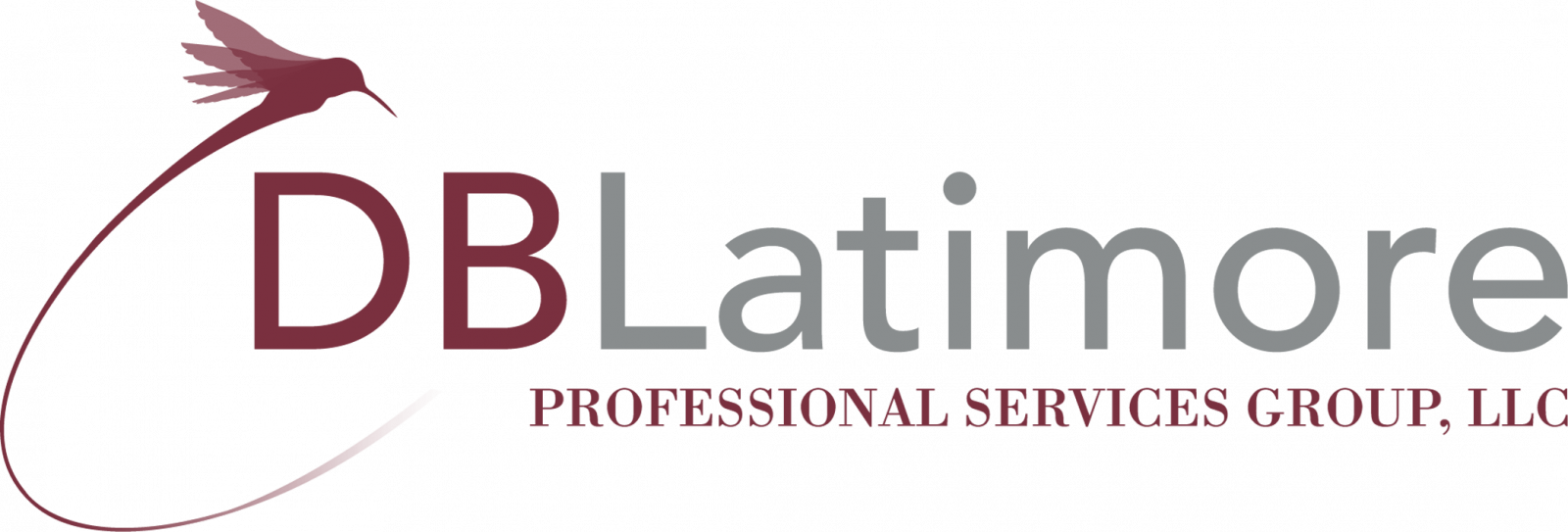During a lunch meeting at the Mayflower Hotel, I excused myself to use the facilities. As I arrived, a young girl about 8 years of age walked up as well. Both facilities were occupied. As we waited, I knew without doubt that I would allow the young girl to use the first facility that came available. In my family’s tradition, senior family members and young children are always cared for first, regardless of the event or situation. When the facility became available, I indicated to the child that she could go ahead, she smiled at me and said you go ahead you are older.
In another work setting, in Killeen, Texas, my colleagues and I returned to the office from a lunch meeting. I arrived at the door first and stepped slightly to the side. Social convention indicates that a man should open the door for a woman, however my colleague, pushed past me, open the door and entered the building. I was appalled. My manager, caught the door and held it and indicated to me to go ahead. He smiled, I smirked.
I am sure that each of us can think of situations where our personal and social perspectives were aligned or in conflict with others. In the workplace this happens on a regular basis, however it is often unconscious.
We are always coming from a point of view or perspective. In fact, it is usually the way we think about a situation—rather than the actual situation—that dictates how we will respond. Our perspective is the lenses or the filter that enables us to accept or decline others view point or to be successful or fail. Perspectives is defined as an attitude toward or way of regarding something. The question is: How well is our perspective serving us in honoring our values and achieving our goals; and what effects are our perspectives having on the results that are showing up in our life?
In the work setting, behaviors are driven by personal, social and organizational perspectives. Aligning the three contributes to the health of the organizations culture, a set of shared beliefs and values. If any aspect is misaligned, it will have a negative impact on the organization. It is for this reason, organizations seek agreement from the workforce as opposed to acceptance.
If you are not fully pleased with something in your life, try using one of the following techniques to explore other ways of viewing your situation. Doing so helps you realize that the perspective have are really just one of many; perhaps choosing another one will serve you better.
Techniques for Exploring Perspectives
Inquiry. For at least a moment, suspend your point of view on an issue that is painful to you, and ask yourself some questions. It’s most useful to do this as a writing process, but you can also explore these questions mentally.
Byron Katie, author of Loving What Is: Four Questions That Can Change Your Life, offers a method of inquiry she calls “The Work,” some of which can be quite applicable to working with disempowering or unhelpful perspectives. The questions below are directly from or adapted from Katie’s work:
- What is my thought, belief or perspective here?
- Is it true?
- Can I absolutely know that it’s true?
- How do I react when I think that thought?
- Who would I be without that thought/belief/perspective?
- What other ways might I look at this?
- What’s the most positive or empowering way for me to see this?
Looking Through New Lenses. Imagine trying on different eyeglasses. First, put on the perspective glasses that represent how you currently see things. What thoughts and feelings arise as you look through those lenses? What does it do to your energy level? After fully experiencing this point of view, try on another pair. Explore at least three different viewpoints.
The Perspective Wheel. Make a big, imaginary circle on the floor with eight different “pie” segments. Imagine the issue you are exploring at the center of the circle. If, for example, you are considering taking a new job, put that into the center. You will be physically moving around the circle, engaging your whole body.
Start by endowing the first slice of the pie with your current perspective, for example “fear.” Allow your body to experience the fear you feel when you imagine taking this new job. How does your body feel? What’s your breathing like? What thoughts and feelings come up? Fully explore the energetic effect of being in this perspective. Shake off that energy, move into the next pie slice and endow it with a completely different perspective.
Keep exploring the visceral and feelings, and what is possible, from each vantage point. After that, choose one—or a combination of perspectives—you are willing to “try on” for a period.
Are your perspectives limiting your ability to fully engage and maximize your productivity? Engaging with a coach is an excellent way to explore how align your personal and social perspectives with your organizations culture. Schedule your coaching consultation today.
Author’s content used under license, © 2008 Claire Communications



